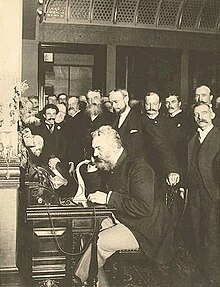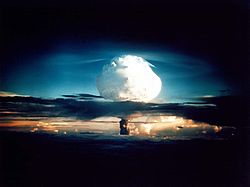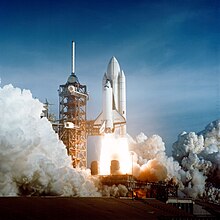Editors' notes: This review has been updated to account for changes in the competitive landscape since it was first published in October 2015. Major changes include features added as part of tvOS version 9.2, new apps and comparisons to other products.
Also, please note that this review refers to the US version. Some details, in particular available video-streaming apps, will vary in different territories. Check out our separate review of the UK version for more details.

View full gallery
So what's new?
If you're familiar with Apple TV, you might want a simple list of the improvements and changes made since launch. Here ya go.- More apps, "more than 5,000" as of May 2016 according to Apple
- Siri voice search enabled across more movie and TV apps, including PBS, Disney channels and Starz
- Siri voice support for Apple Music and App Store
- Live tune-in, to ask Siri to go directly to a live channel inside supported live TV apps like Watch ESPN and CBS All Access
- Dictation to use voice to enter text on screen
- Support for Bluetooth keyboards
- Folder support for apps
- Podcast app
- iCloud Photo Library and Live Photos
- Conference Room Display, to lock Apple TV in business and education environments
- Additional Siri language support: Siri now understands Spanish in the US and French in Canada. If English is the language that you use for Siri and you live in Australia, Canada, the UK or the US, you can choose Australian English, UK English or US English.
At first, the only option was to use the on-screen keyboard. I actually find it faster than most others, thanks to the swipe-friendly horizontal layout and snappy remote, and it often only requires a couple of letters before surfacing relevant results, but it does take some getting used to.
With a March 2016 software update Apple has introduced some alternatives. My favorite for entering password info is to use the Remote app for iOS devices, which allows you to use your Apple phone or tablet's onscreen keyboard (Pro tip: copy and paste complex passwords from a locker like LastPass, or another source, to Remote). You can also connect a Bluetooth keyboard.
There's also the ability to dictate individual letters, numbers and even symbols into the mic. This feature sounds cool, but didn't really work well in my experience. No matter how clearly I spoke, the results always seemed to miss a letter or two, or it would otherwise misinterpret my dictation. I recommend sticking with the Remote app.
I go through and test many of the other improvements in the review below.
Same black brick, different feel altogether
Compared to the old device, Apple didn't break the physical mold. Glossy edges, rounded corners, a matte top with the requisite logo -- the two small black boxes look basically identical. The new one is 0.4 inch taller, weighs 5.4 ounces more, and felt like a solid brick when I pulled it out of the box.
View full gallery

View full gallery

View full gallery
You can also group different apps into folders and name them anything you want. The process is quick and painless, especially if you use voice to name them. Just tap the mic button and speak.

View full gallery
Exploring the app store on a 65-inch screen
To fill Apple TV's white canvas you'll head to the app store, which feels a lot like the store on an iPhone or iPad, with bigger icons. One issue with Apple's app stores is wrestling with the sheer number of apps, and the problem rears its head on the Apple TV too.
View full gallery
TV-centric apps predominate in the Featured tab, but other categories are appearing all the time. Some are devoted to games, apps for kids, sports and news, and some get Apple's further approval in categories like "New Apps We Love" and "Games with Intuitive Controls."
The Top Charts tab is next, with the most popular Paid, Free and Grossing apps (the latter, sadly, refers to money made, not fart and burp apps). The Categories tab, similar to "Explore" on the mobile app store, breaks apps down into "Games," "Education" and "Entertainment."

View full gallery
Finally, the Search tab shows trending apps and allows you to find more via keyword, whether typed in or via voice.

View full gallery
One-thumb gaming
The first thing to know about gaming on the Apple TV is that you can always use the included remote; you don't need to buy a separate controller. The second thing is that with many games, a controller simply works better.Most of the titles I played worked fine with the included touchpad remote, and there's something to be said about gaming with one thumb. I easily could hold my infant son while I played Crossy Road, for example.

View full gallery

View full gallery

View full gallery
I tried most of those games with a compatible controller, the Steel Series Stratus XL, and in most cases I found it more precise and responsive. But for casual games and quick one-off entertainment jaunts, it's pretty great to just pick up the remote and click.
TECHNOLOGY TODAY....












